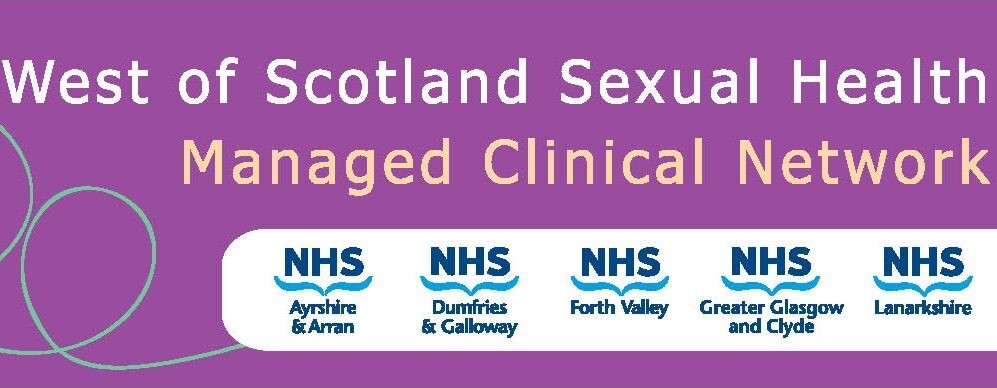What’s New
There are no updates to this guideline since the last version.
Introduction
Trichomonas vaginalis (TV) is a flagellated protozoan that is a parasite of the genital tract.
Due to site specificity, infection almost always follows direct inoculation of the organism (intravaginal or intraurethral) and is thus almost exclusively sexually transmitted.
Note: there are other species of Trichomonas which are not sexually transmitted, eg, Trichomonas Faecalis, so it is therefore important to clarify this with the testing laboratory if further differentiation is required.
In adult female cases urethral infection is present in 90% of episodes, although the urinary tract is the sole site of infection in <5% cases.
In men infection is usually of the urethra.
The most obvious host response to infection is a local increase in polymorphs.
Infection is associated with an increased risk of HIV transmission.
There is a spontaneous cure rate in the order of 20/25%.
TV should be managed in local specialist sexual health services or in consultation with.
This guidance is aimed primarily at people aged 16 years or older.
